Fennel
Fennel is a bulbous vegetable with a fresh but slightly bitter taste, often made the most of in summer salads. It belongs to the same family as anise; both have similar bittersweet liquorice-like flavours and aromas — which are brought out in fennel tea, or when infused into the potent spirit absinthe.
In the wine lexicon, fennel is found in the herbal branch of the spice and vegetable category, alongside dill, eucalyptus, lavender and mint.
Tasting notes referring to fennel may be describing either the fresh and bitter fennel vegetable, or the sweet medicinal fennel seeds.
Fresh vegetal fennel notes are usually ascribed to dry white or rosé wines. These can include Verdejo wines from Rueda, which might combine fennel notes with green or white fruit flavours with leesy undertones, such as in Marqués de Riscal, Finca Montico 2015.
Provence rosés like Famille Fabre, Château de la Deidière 2013 or Château Gassier, Le Pas du Moine, Ste-Victoire 2013 could have a savoury gentle herb character, in which red fruits underlay fennel flavours.
Champagne can also express subtle fennel notes, such as Taittinger’s famous Comtes de Champagne — Michael Edwards reports that the 2002 vintage has a character of ‘green fruits, hazelnuts and a touch of fennel’.
Bittersweet fennel seed flavours are more common in red wines, often styles with a spicy fruit character. This includes some Sicilian Etna Rosso wines, made from the native Nerello Mascalese grape, or rich and varied Nebbiolo wines from northern Italy, capable of expressing notes like fennel along with its cousins anise and liquorice.
Other wines with medicinal fennel seed notes could include red-fruit flavoured Beaujolais wines, or bold and smoky Syrah wines from northern Rhône.
SEE: Contrada Santo Spirito Di Passo Pisciaro, Animardente, Etna Rosso 2014 | Domaine Rochette, Morgon, Côte de Py, Beaujolais 2014 | Gilles Robin, Albéric Bouvet, Crozes-Hermitage, Rhône 2010
Black pepper
Black pepper is among the world’s most commonly used spices and begins life in clusters on a vine — not dissimilar to grapes.
Peppercorns are actually green when they’re harvested, but they turn black once dried. They are usually ground down to release their signature earthy spiciness, generated by the chemical compound piperine.
Flavours reminiscent of this mild spice might appear in the flavour or aroma of some wines. Black pepper notes usually crop up in earthy or spicy dry red wines, particularly those made from Syrah / Shiraz, either single-varietal or constituting a classic blend with Mourvèdre and Grenache.
Syrahs from northern Rhône may intermingle black pepper with floral, minty or even creosote notes. Australia’s warm climate Shiraz blends, such as those from Barossa Valley, might combine peppery hints with baked fruit and liquorice, developing into leathery or earthy characteristics with age.
SEE: Domaine Gilles Robin, Les Papillons, Crozes-Hermitage 2015 | Turkey Flat, Butcher’s Block Red, Barossa Valley 2015
Other potentially peppery wines include rosé blends from Provence, typically Grenache, Syrah and Cinsault. Sangiovese wines hailing from Chianti Classico, can also contain black pepper notes, usually associated with oak influences like black tea, leather and cedar.
SEE: Sainsbury’s, Taste the Difference Chianti Classico 2014 | Château de Galoupet, Côtes de Provence Cru Classé 2016
Sources: Spices and Seasonings: A Food Technology Handbook by Donna R. Tainter, Anthony T. Grenis | Decanter.com
Camomile
Camomile is a small daisy-like white flower with a gentle yet distinctive aroma, commonly encountered in tea infusions.
There is a medicinal aspect of its aroma profile that comes through as a sharp edge to the sweet floral overtones, caused by aromatic compounds known as polyphenols — also found to varying degrees in wines.
Some wines have camomile notes because they contain a similar profile of aromatic compounds, creating the illusion of the camomile scent.
Examples include white wines made from Chenin Blanc, particularly those from South African regions like Swartland, Stellenbosch, or Walker Bay. In these wines, camomile notes typically join green fruit flavours, developing a honeyed and lactic character with age.
SEE: Kleine Zalze, Family Reserve Chenin Blanc, Stellenbosch 2014 | Schalk Burger & Sons, Welbedacht Chenin Blanc, Swartland 2010 | Beaumont, Hope Marguerite, Botriver, Walker Bay 2015
You can also look for hints of camomile among the floral aromas of Sauvignon Blanc wines from cool climate regions like Alto Adige in northern Italy.
In these wines the sweet, slightly medicinal camomile flavour meshes well with the wine’s high acidity, and can blend attractively with green fruit, citrus or melon notes.
SEE: Kaltern, Carned Kerner, Alto Adige 2014 | Kurtatsch Cortaccia, Kofl Sauvignon, Alto Adige 2014
Other high-acid, cool climate wines with camomile notes can include Pinot Gris from Austria, New South Wales, or even Prosecco.
SEE: Logan, Weelmala Pinot Gris, Orange, New South Wales 2013 | Villa Sandi, Vigna La Rivetta, Cartizze, Prosecco 2015
Camomile can also appear in bone-dry Chardonnay styles, such as Domaine Joseph Voillot, Les Cras 1er Cru, Meursault 2015 and Littorai, Charles Heintz Vineyard Chardonnay, Sonoma Coast 2013 — both of which intermingle camomile with lemon and mineral notes.
Elderflower
Elderflower is a classic feature of English summer drinking, whether it be infused into cordials or even fermented to become elderflower wine. But what about elderflower aromas from wines made out of grapes?
It belongs to the floral wine flavour category, in which it could be positioned as less pungently sweet than rose or violet, but not as intense and herby as geranium. It’s also tied up with the tasting term ‘hedgerow’, where it’s listed as an example of a wildflower aroma, along with notes like gooseberry, blackberry, bramble and nettle.
In this way, elderflower expresses a delicate integration between herbaceous and floral aromas, such as might be found in dry cool climate white wines, like Sauvignon Blanc from the Loire’s Sancerre appellation or Marlborough in New Zealand.
SEE: Majestic, Definition, Sancerre, Loire 2015 | Asda, Sancerre, Loire 2015
It’s often aligned with another signature Sauvignon Blanc note, ‘blackcurrant leaf’ – which can be read as code for the smell of cat’s urine, although elderflower is usually softer and less acrid. If these notes are too pronounced, it could suggest the grapes were harvested before they were allowed to fully ripen.
You can also look for elderflower notes in wines made from the Bacchus grape, a Riesling-Silvaner and Müller-Thurgau hybrid. Bacchus wines are sometimes likened to Sauvignon Blanc for their herbaceous character and high acidity.
A notable example is Winbirri’s Bacchus 2015 from Norfolk, which rose to fame as a Platinum Best in Show winner at the Decanter World Wine Awards earlier this year. Judges said the wine had a ‘complex, oily nose with spice, elderflower and citrus’.
Source: Geoff Adams, Wines of the World | Decanter.com
Translated by ICY
All rights reserved by Future plc. No part of this publication may be reproduced, distributed or transmitted in any form or by any means without the prior written permission of Decanter.
Only Official Media Partners (see About us) of DecanterChina.com may republish part of the content from the site without prior permission under strict Terms & Conditions. Contact china@decanter.com to learn about how to become an Official Media Partner of DecanterChina.com.

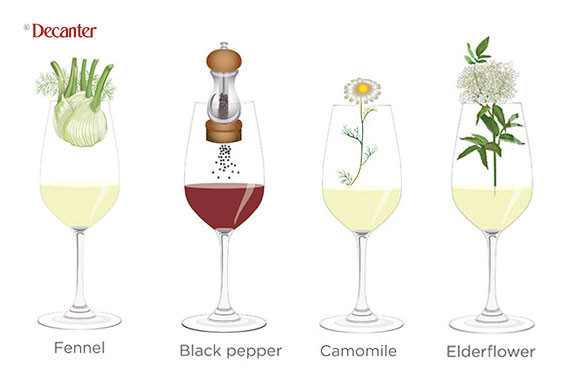

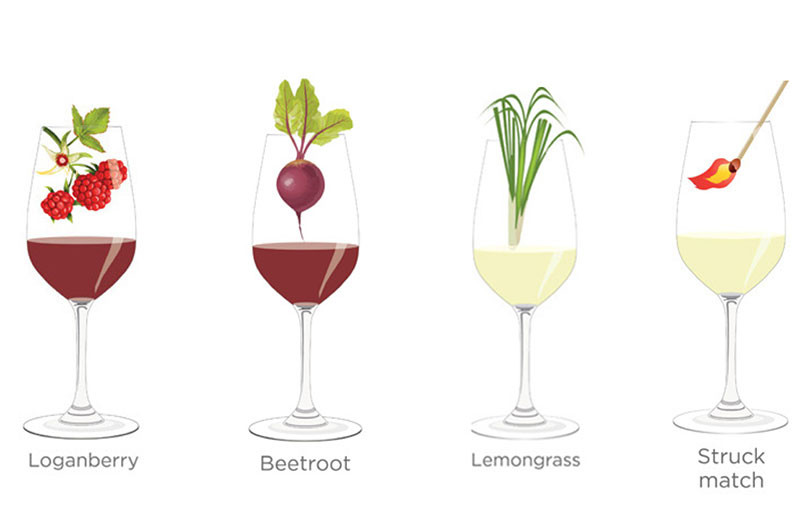
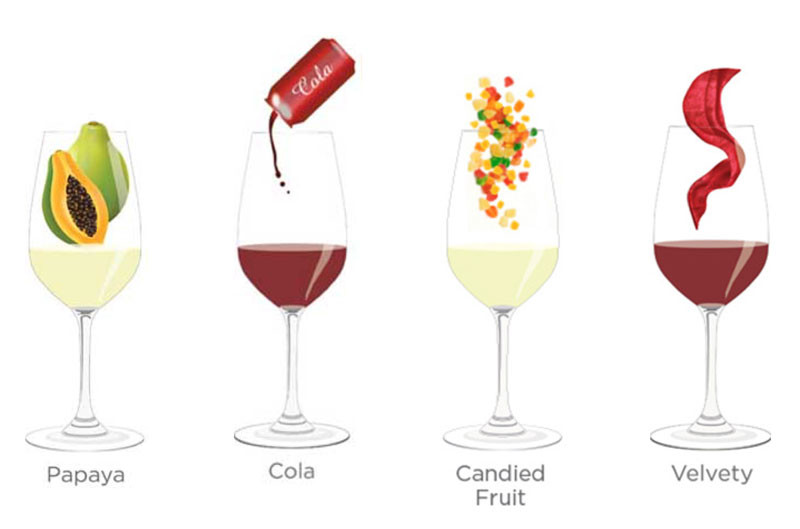
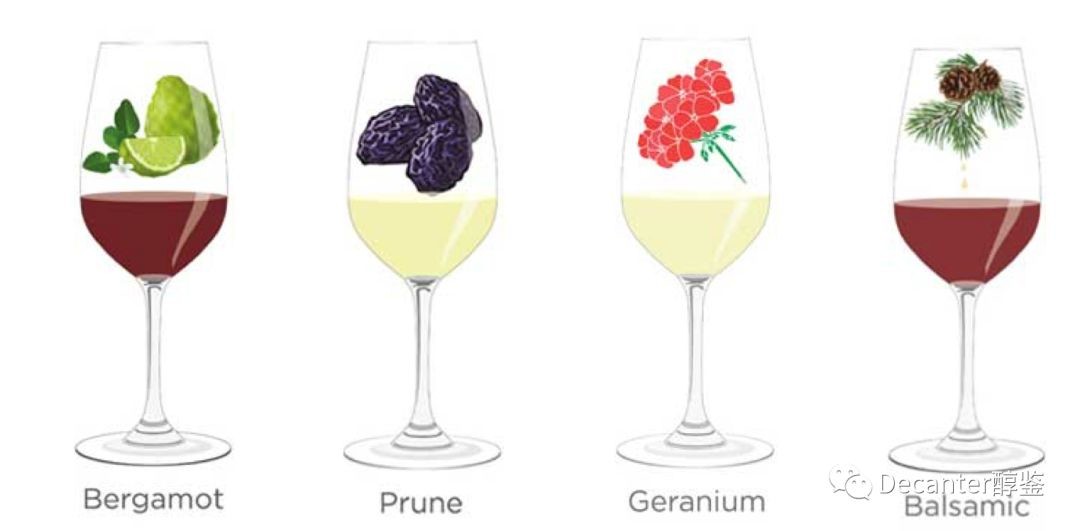
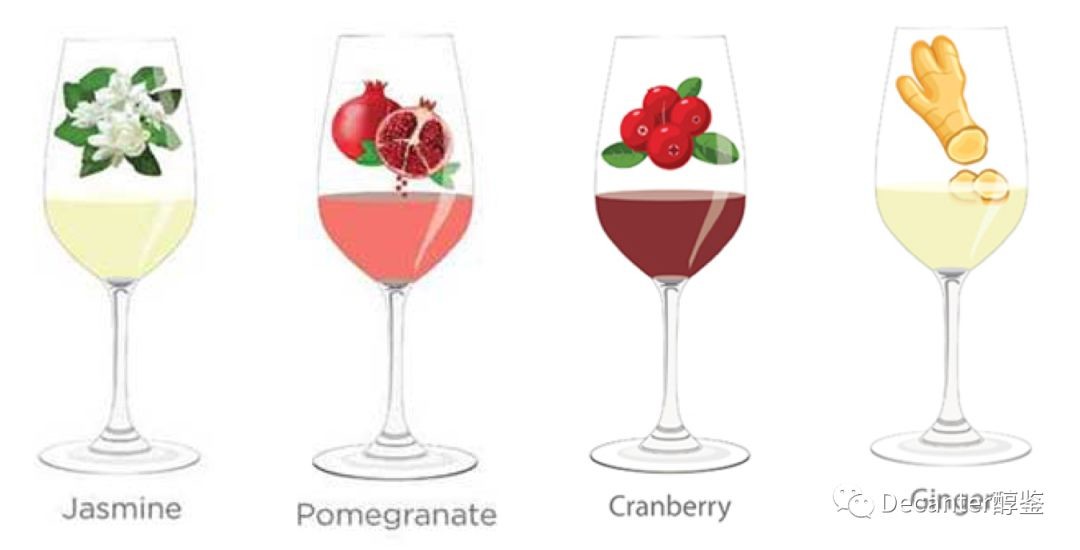
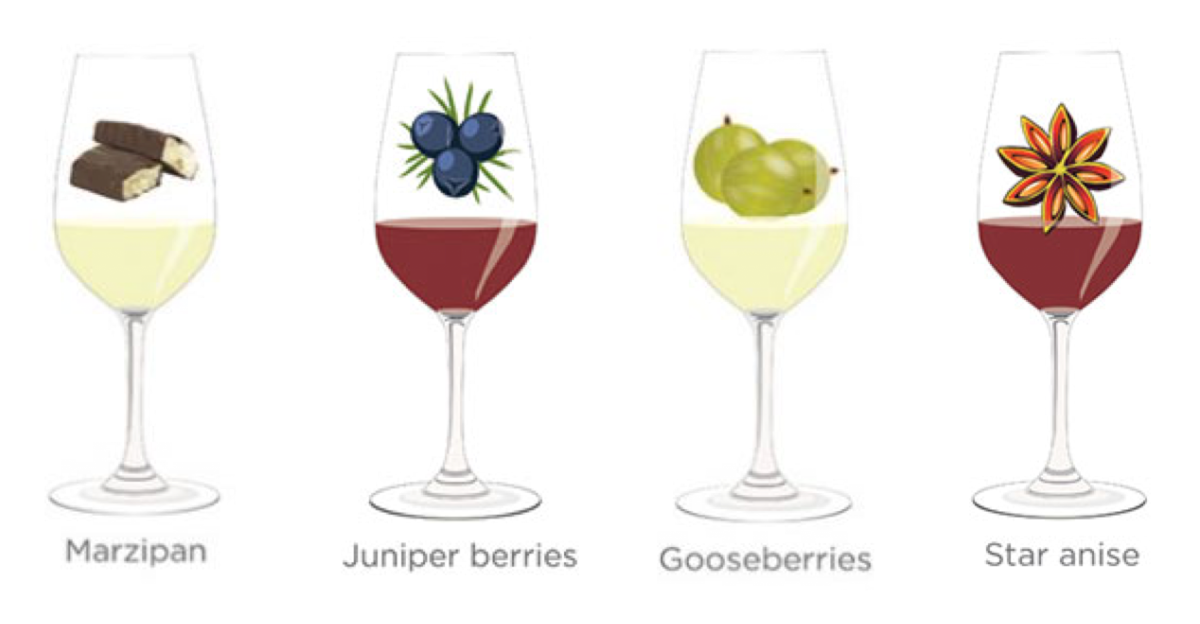
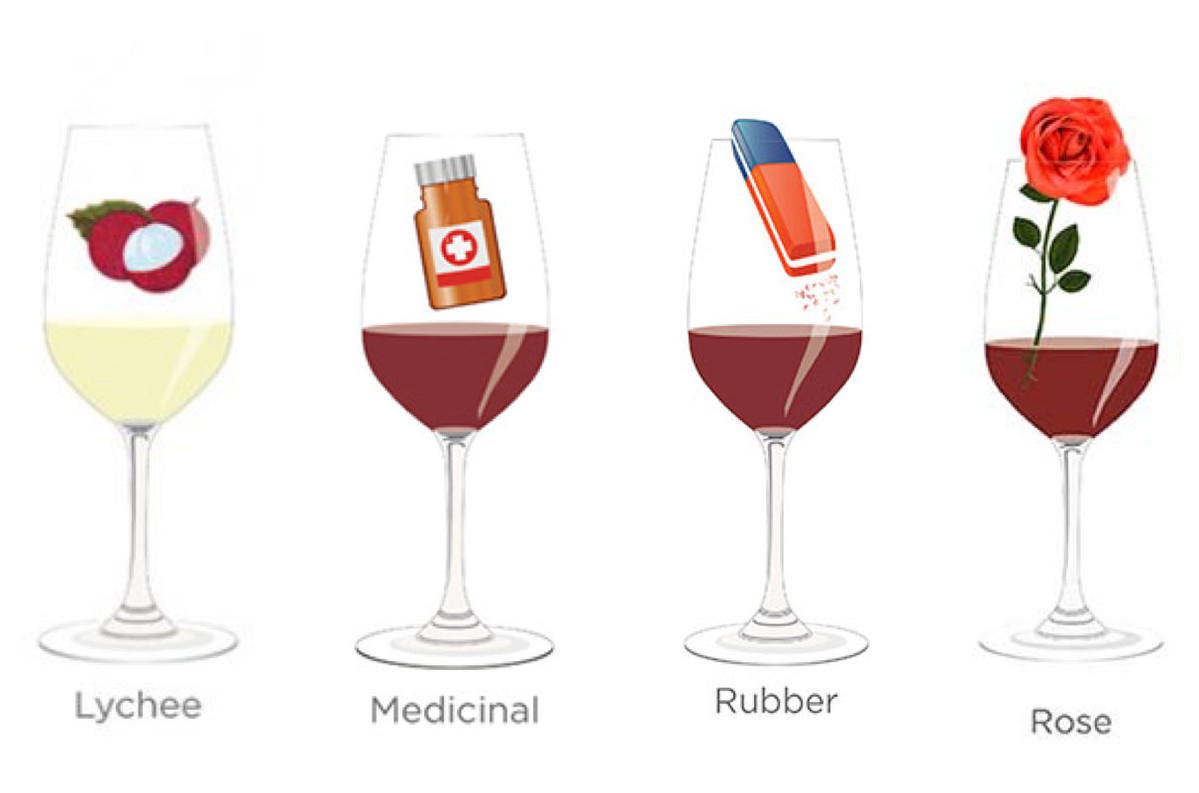
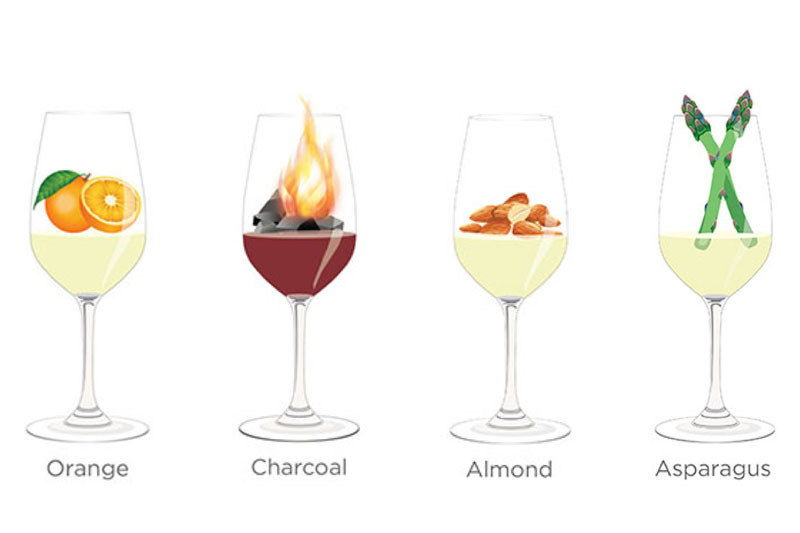
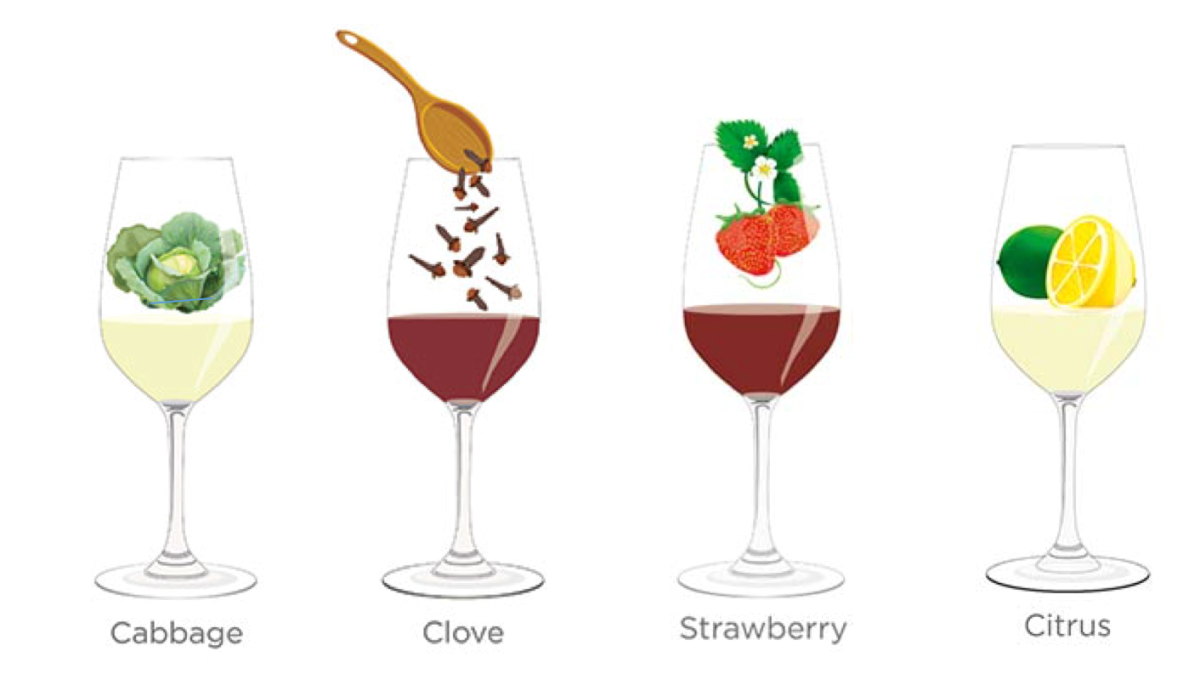
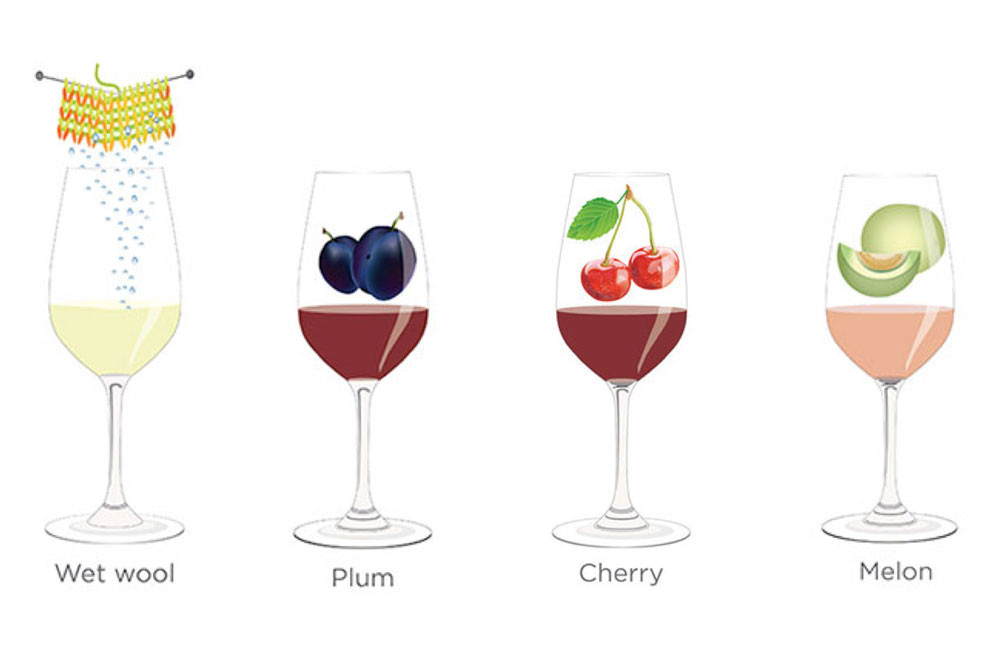
Comments
Submit